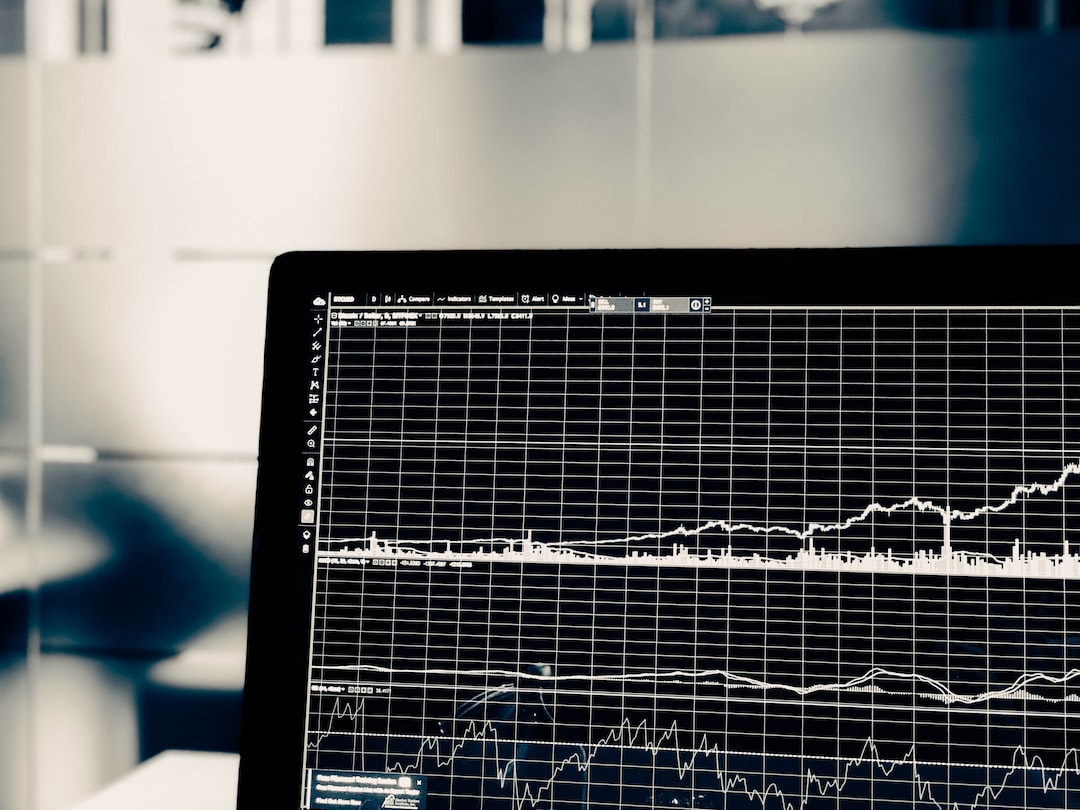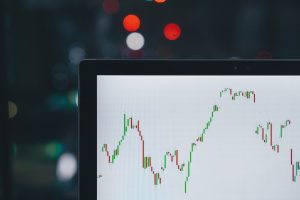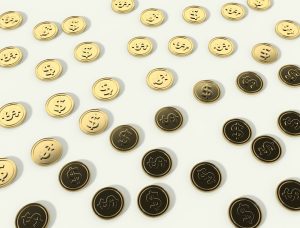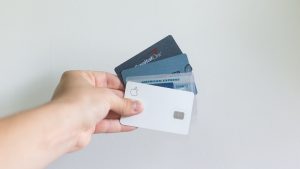The foreign exchange market, commonly known as forex, is a decentralized financial market where currencies are traded. It is the largest financial market in the world in terms of trading volume, with over $5 trillion traded daily. In forex trading, traders buy or sell currencies with the aim of making a profit from the difference in exchange rates. To achieve this, traders need to calculate the volume of their trades accurately. This article will explain how to calculate volume in the forex market.
Volume in forex refers to the amount of currency that is traded within a specific time frame. It is a crucial metric for traders, as it helps them determine liquidity in the market, which affects the ease of buying or selling a currency pair. In forex trading, volume is measured in lots. A lot is a standard unit of measurement used in forex trading, and it represents the amount of currency being traded. One lot is equal to 100,000 units of the base currency. For example, if a trader buys one lot of EUR/USD, they are buying 100,000 euros.
To calculate the volume of a trade, a trader needs to consider the lot size and the number of lots traded. For example, if a trader wants to buy 2 lots of EUR/USD, the total volume of the trade would be 200,000 euros (2 lots x 100,000 units per lot). Similarly, if a trader wants to sell 1.5 lots of GBP/USD, the total volume of the trade would be 150,000 pounds (1.5 lots x 100,000 units per lot).
Calculating the volume of a trade is important for risk management. Traders need to limit their exposure to the market by managing their trade size. A trader’s risk exposure is directly proportional to the volume of their trades. Therefore, traders should not risk more than they can afford to lose. One way to manage risk is to use stop-loss orders, which automatically close a trade when it reaches a certain level of loss.
Another factor that affects volume in forex trading is leverage. Leverage is a tool that allows traders to control a large amount of currency with a small amount of capital. For example, if a trader has a leverage of 1:100, they can control a trade worth $100,000 with $1,000 of capital. However, leverage also increases the risk of loss. Therefore, traders should use leverage wisely and only risk a small percentage of their capital on each trade.
In conclusion, calculating volume in the forex market is a crucial aspect of trading. Traders need to consider the lot size and the number of lots traded to determine the volume of their trades accurately. Managing risk is also essential, and traders should not risk more than they can afford to lose. Leverage is a tool that can be used to increase profits, but it also increases the risk of loss. Therefore, traders should use leverage wisely and only risk a small percentage of their capital on each trade. With these factors in mind, traders can calculate volume in the forex market effectively and make informed trading decisions.





